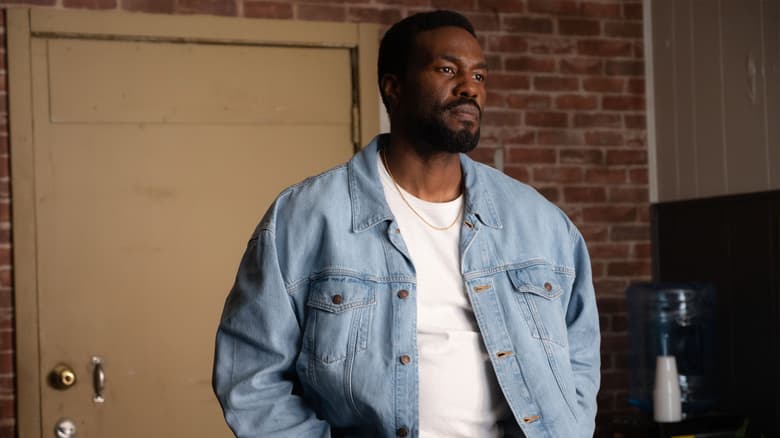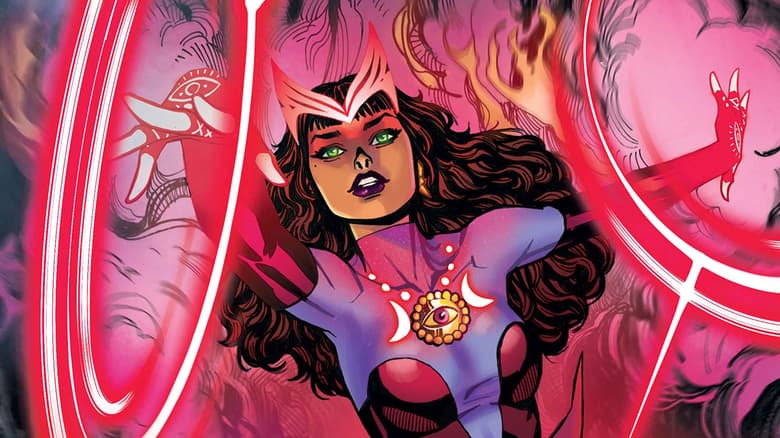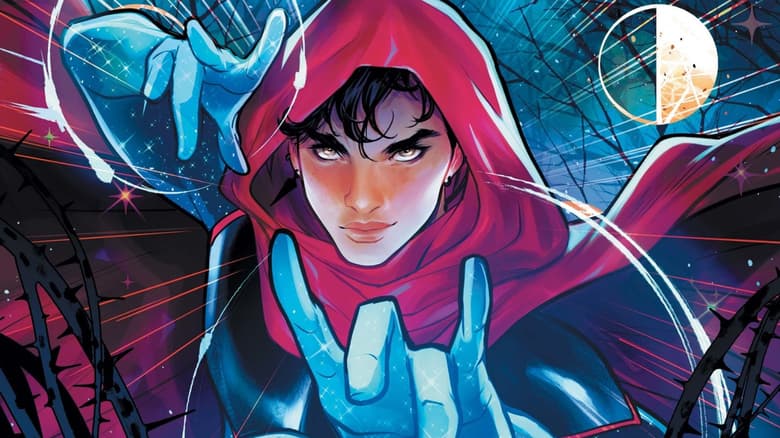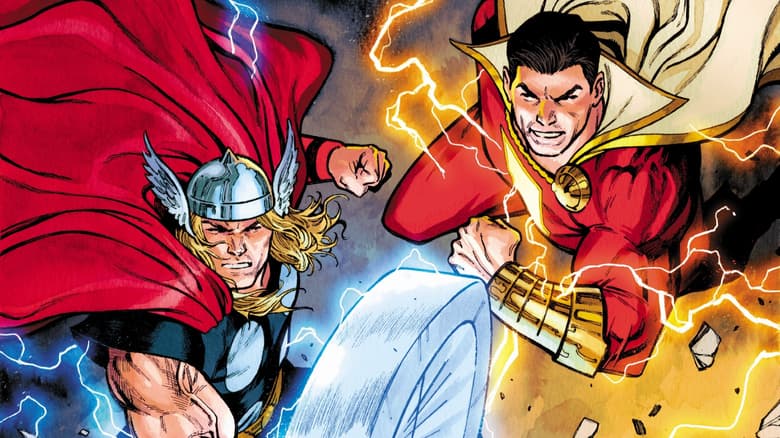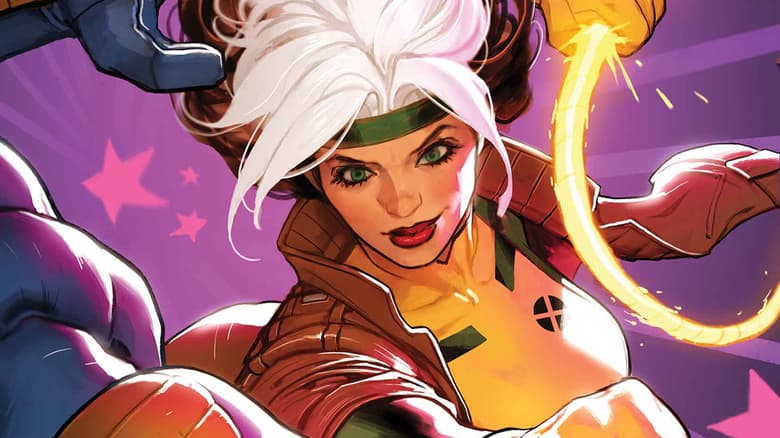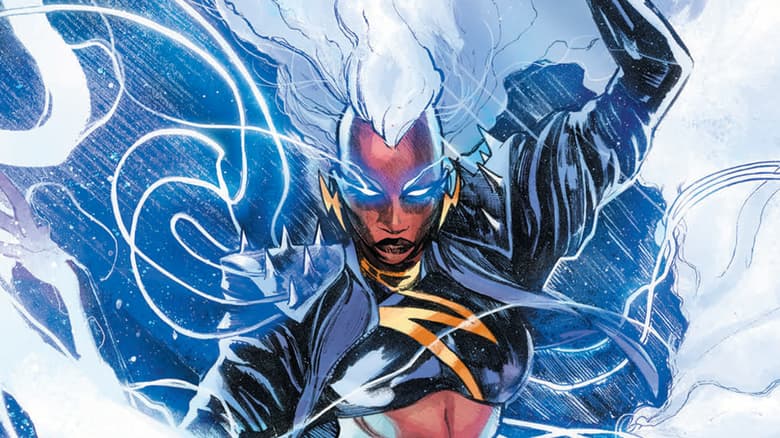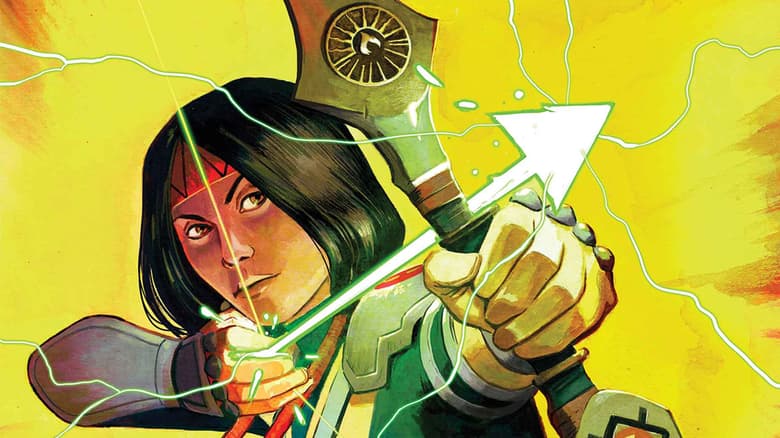X-Men: Grand Design – Playing Favorites
Ed Piskor points to his highlights of Marvel’s merry mutants!
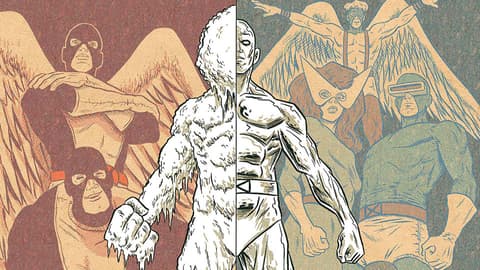
He’s won multiple awards and plaudits for turning the history of hip hop music into the critically acclaimed series “Hip Hop Family Tree,” but now writer/artist Ed Piskor tackles his first major project at Marvel. Starting with December 20’s X-MEN: GRAND DESIGN #1, he’ll be reframing and remixing the history of the X-Men into one, singularly crafted narrative. It’s a chance to relive the mutants’ greatest hits from the perspective of one brilliant cartoonist who grew up on these stories.
We caught up with Ed to talk about his favorite X-Men stories and what’s changed for him from reading these comics as a youth to recreating them as an accomplished professional.
Marvel.com: The structure and format of X-MEN: GRAND DESIGN is unique. Can you describe the particular restrictions and whether that form was the starting point or something that developed organically?
Ed Piskor: [When I started] I basically said that I have a way to make the first 280 issues of UNCANNY X-MEN into a lean 300 page story. After some deliberation Marvel said “do it in 240 pages, across six issues, three trade collections,” and sent me a contract. But aside from the concession of those extra 60 pages GRAND DESIGN is a completely faithful vision of what I want to do.
Comics-making is way too time intensive to allow them to be compromised in any way. I like restrictions and rules or else I have a tendency to meander. Knowing that I was going to be taking about 8,000 pages of material and whittle them into 240 pages adds a certain storytelling necessity to be brief and not linger. Each issue has to be jam-packed rather than the decompressed method to storytelling that is fashionable with most of today’s comics. Each issue basically covers about 50 issues of the series more or less.
Marvel.com: The mythology of the X-Men is about as rich, dense and diverse as the history of hip hop music. Were there any big challenges in adapting this fictional material versus the historical facts you’re used to chronicling?
Ed Piskor: The major challenge is that there is so much I love about X-Men and it’s wholly impossible to cover it all in the space provided. Also, I’m just a little past the halfway marker so there’s still plenty of room to really hit some challenges. One that is constantly on my mind is figuring out a way to keep Scott Summers a hero after leaving his wife, Madelyne Pryor with child, when Jean Grey comes back to life. That always caused me trouble as a young reader, but I think I have the way to get it to [make] sense.
Marvel.com: Were any eras of X-history easier to tackle than others?
Ed Piskor: The third issue of GRAND DESIGN, I knew, would be the easiest to tackle because it’s the gold-standard stuff that got everybody on board with the original series in such a big way. It covers GIANT SIZE X-MEN #1 through UNCANNY X-MEN #137 or so.
Marvel.com: You’re essentially one man reframing the serialized works of dozens and dozens of writers and artists. Which influences of those prior architects did you find coming out the most?
Ed Piskor: Artistically I’m building the story off of all prior artists whose work I connect to, X-Men, Marvel, or otherwise. I like how John Byrne and Paul Smith stuck to the characters proportions and kept Wolverine a shrimp. I liked the way Rob Liefeld drew hair back in the New Mutants/X-Force days. Steranko’s quirky foreshortening is a pleasure to my eyes. There are direct homages and samples using [Jack] Kirby in there. Neal Adams composition with the Sentinels flying into the sun is untouchable.
X-MEN: GRAND DESIGN is made on the shoulders of giants.
Marvel.com: Who were your favorite X-Men characters growing up and did you find your faves changing as you worked on this project?
Ed Piskor: I confess that I’ve never been the kind of fan who identifies with particular characters or who has favorites. From a very young age—five, maybe six years old—seeing real life names associated with the credits of those who created the actual comic books were always my motivation.
Thinking in those terms, I will answer the question another way. When I was little Jim Lee was the most captivating artist on X-MEN at the time I really decided to become a cartoonist. Then I discovered and adored Byrne and Art Adams and Steranko, and Paul Smith. Kirby and [Marc] Silvestri.
While revisiting the series I have to say that I’m embarrassed that I didn’t give [artist] Rick Leonardi as much credit as he deserves when I first read his issues. Looking at that work now, his chops rival anybody’s and I’ve been digging in the bins for any comics with his name on them.
Marvel.com: The X-Men, more so than any other corner of the Marvel Universe, tend to function as their own world, rarely needing to intersect with the other heroes. Why do you think they work so well as a self-contained soap opera?
Ed Piskor: We have [longtime UNCANNY X-MEN writer] Chris Claremont to thank for that. Having one guy write the series for almost 20 years creates an unparalleled consistency in mainstream comics that I’ve not seen matched. He fleshed those characters out in ways that made readers really care. Listen to Chris speak about the work and he acknowledges his characters as people. Not words on a page or lines on paper.
Marvel.com: Were there any moments you found yourself more excited by when you got to them than you previously expected you would be?
Ed Piskor: Every aspect of this project is a blast. There isn’t a wasted panel in the whole thing. No particular moments are more important to me over others. I have to keep the big picture in mind at all times with this story.
Marvel.com: What’s surprised you the most about this process?
Ed Piskor: X-MEN: GRAND DESIGN, to date, is a completely uncompromised vision. The editors were great so far all the way up the line. The sales guys were mindful the whole time. The folks handling the book collections are amazing and very helpful. Unless you guys are lying to me there’s going to be some special considerations with the printing of the books and trade in terms of paper stock and design. In a universe of corporate properties I appreciate that I’ve been given complete trust and respect to get my vision across. It’s going to yield an amazing product. I think my enthusiasm is clearly evident on every page and the hope is that the fans absorb that energy while reading.
Check out the first installment of this unprecedented undertaking in X-MEN: GRAND DESIGN #1, from Ed Piskor, on December 20, followed fast by issue #2 on January 3!
The Daily Bugle
Can’t-miss news and updates from across the Marvel Universe!

